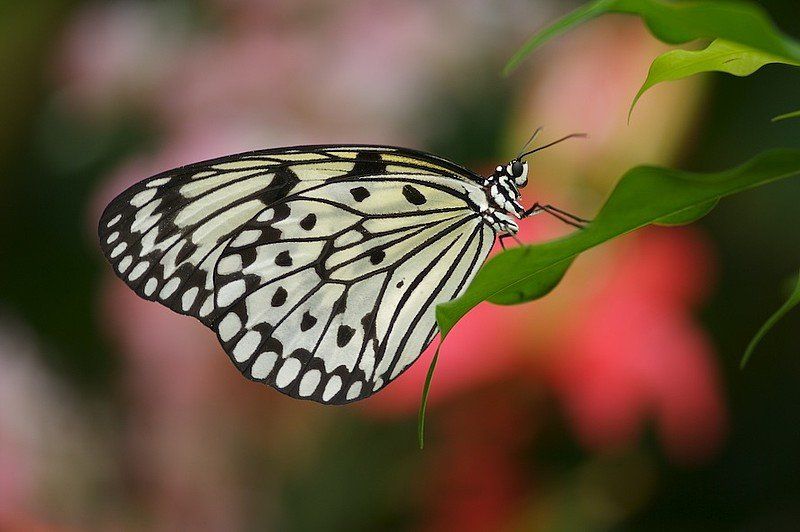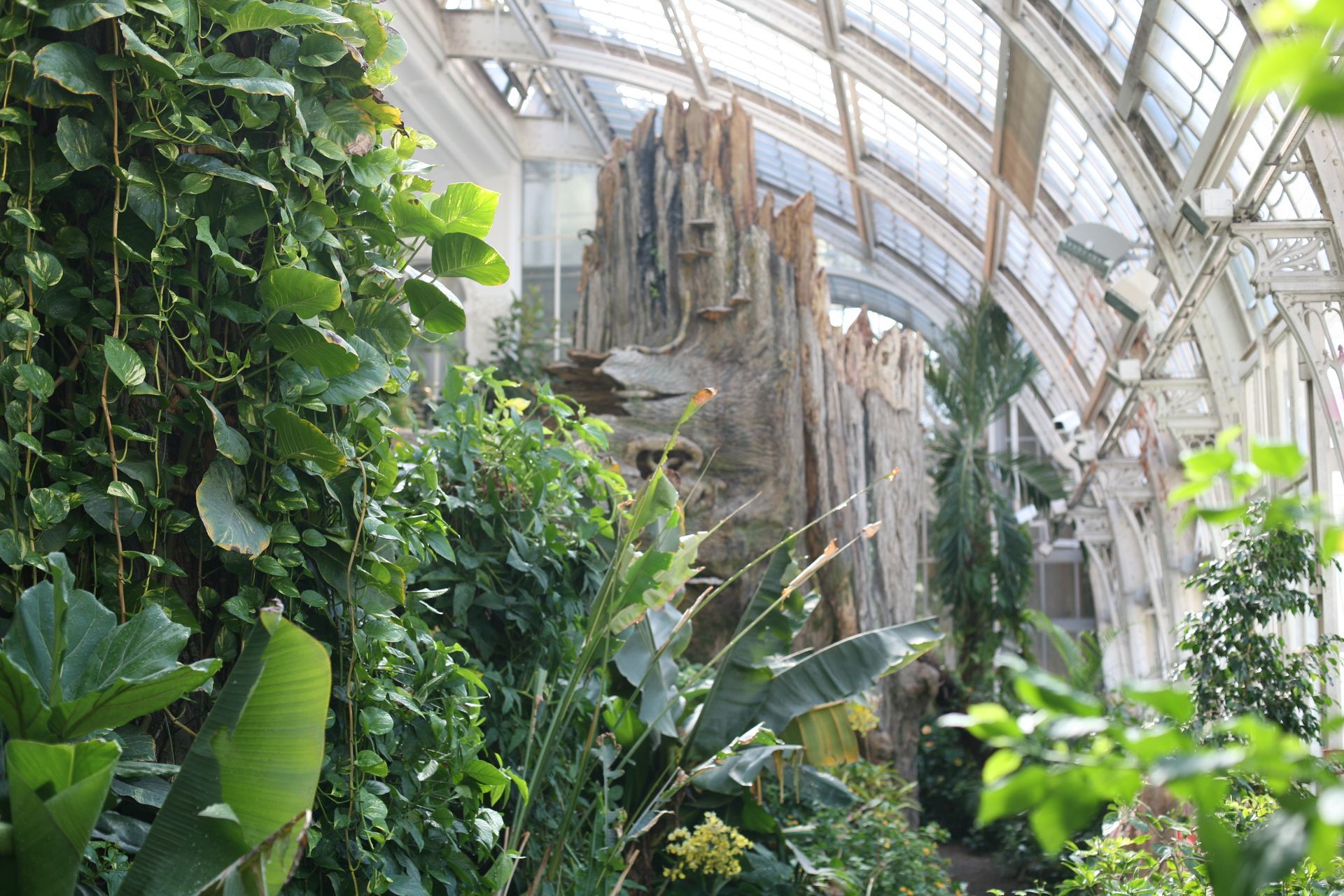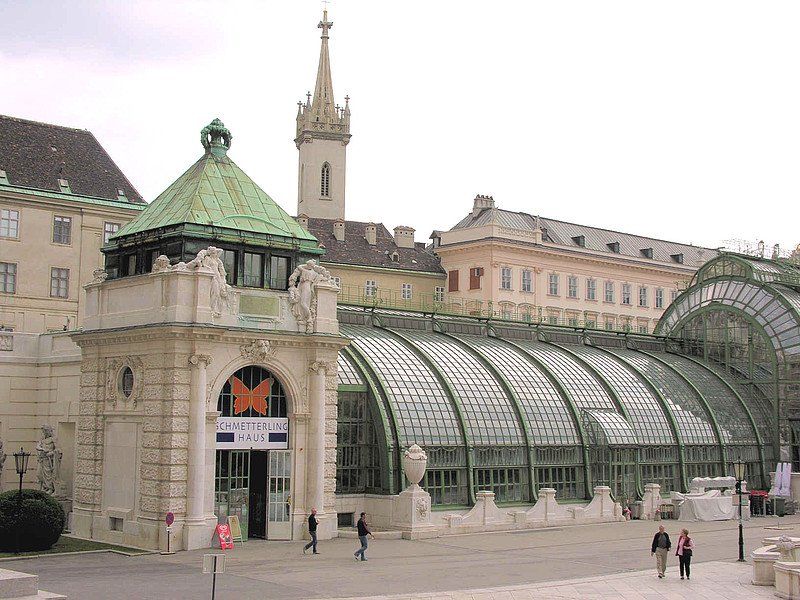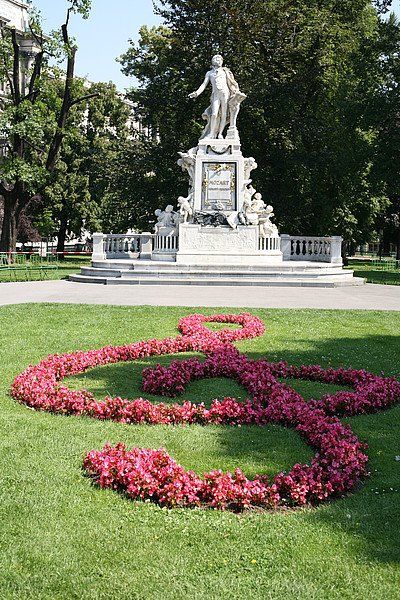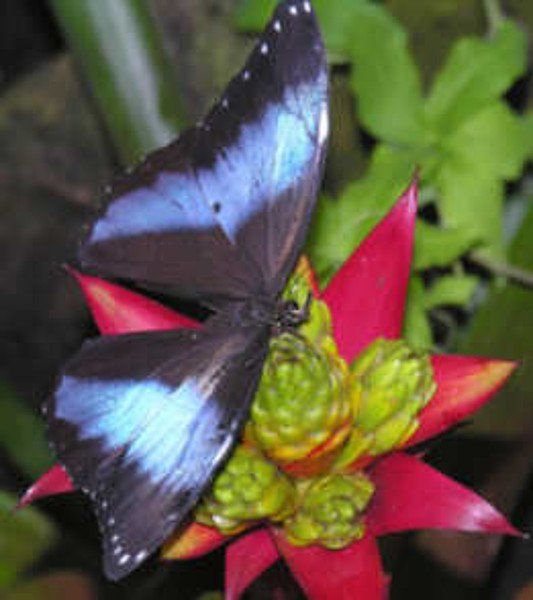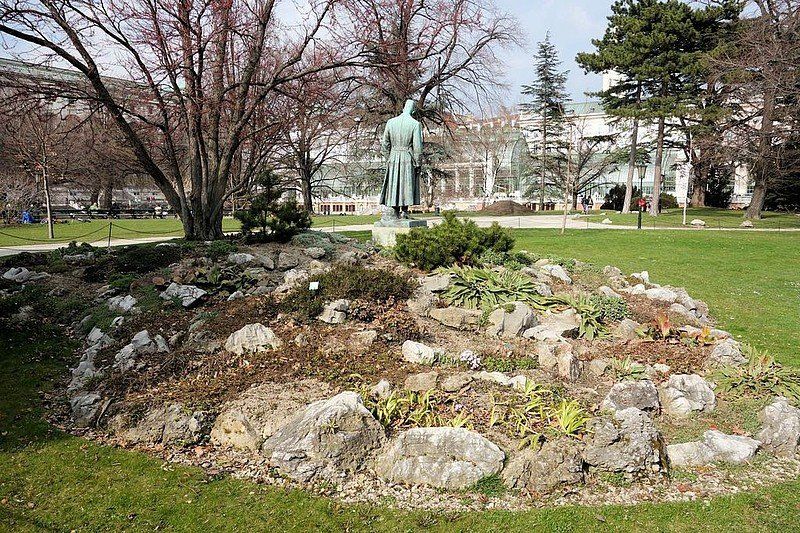The Hofburg - a Location full of History
The Butterfly House is situated in the centre of Vienna, a town full of splendour and history. Right next to the Butterfly House you find the Hofburg, residence of the Habsburg family, from the 13th century until 1918 and the fall of the monarchy. Over the centuries the Hofburg has witnessed important historical and political events in Austria and all over Europe. During the 18th century, the `Reform Emperor´, Josef II created his modernization programmes here. In 1814-1815, the Vienna Congress took place in the Hofburg and the Emperor Franz Josef I lived here with his famous spouse, Empress Elisabeth, also known as Sisi. The Hofburg has also seen darker days. In 1938, Adolf Hitler announced the annexation of Austria to Germany, from the balcony of the Neuen Burg.
Also today the Hofburg is the centre of Vienna’s political life. The President of Austria resides in the Hofburg and the Prime Minister’s office is located inside the vast building complex. The OSCE also has a permanent representation in the Hofburg.
Burggarten - The Hofburg Palace Gardens
The Burggarten, formerly known as the Emperor’s Garden, was created in 1819. It was constructed on top of the foundations of a former fortified compound, the Augustinerschanze. After the destruction of the fortification, Emperor Franz I asked the architect Ludwig Gabriel von Remy to plan and the court gardener Franz Antoine the Elder, to create a garden. The `Flower Emperor´ Joseph II, a trained and enthusiastic gardener, allowed himself to participate in the work. The garden created in this fashion, served the Emperor as his private garden, where he and his family could find privacy and relaxation. In 1848, Emperor Franz Joseph I enlarged the garden and rebuilt it, creating an English landscape garden. In 1919 the park was opened to the public and the Viennese of today, very much enjoy the green oasis in the middle of town.
In the Burggarten there are also several monuments, appreciated particularly by many tourists. The most famous is the Mozart monument, but you can also find Goethe and Emperor Franz Joseph I, in the park.




